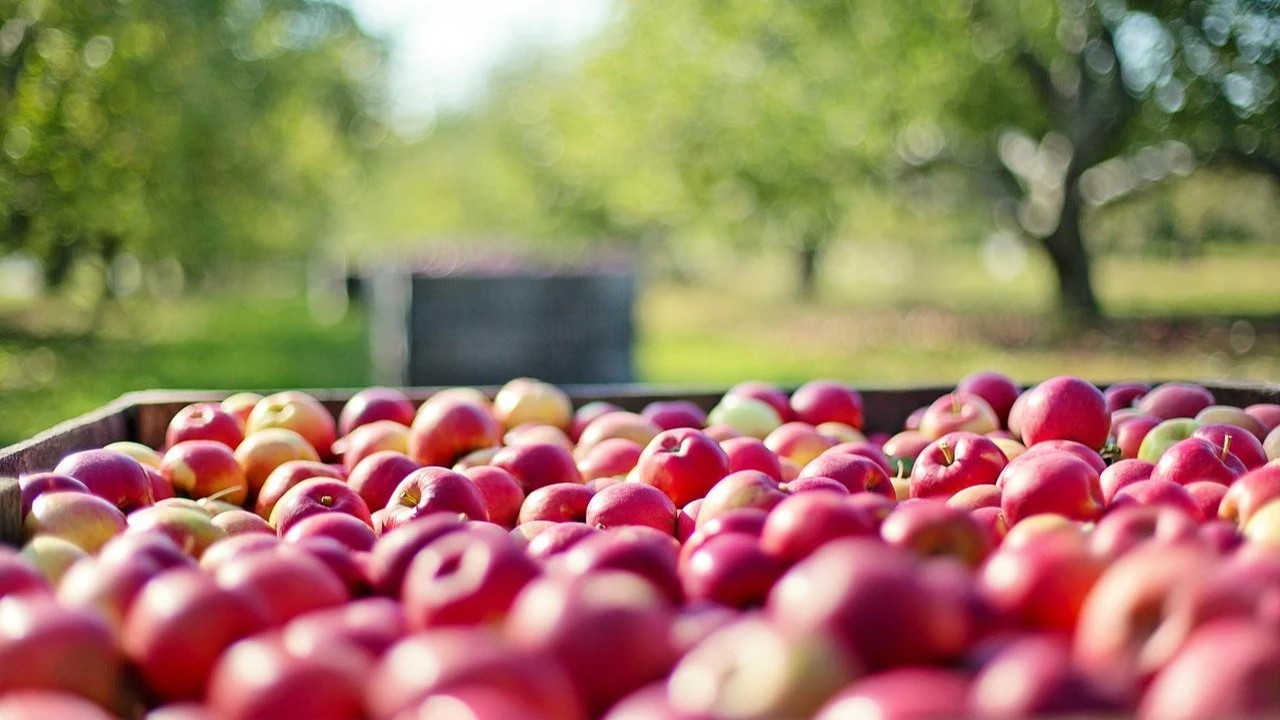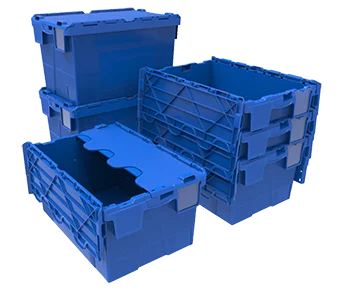How not to waste food?

Contact us
Get in touchFood waste is a multi-faceted and very current problem about which, fortunately, more and more is being said. Let's take a look at what is meant by food waste and how to prevent it.
Food is available at a (low) cost...
The title issue can be considered on several levels: economic (losses incurred by producers, distributors, sellers and consumers), ethical (when some people throw away food while others suffer from hunger), and environmental. Even though organizations studying social and consumer behavior warn that wasting food has real costs for households, the economy, and nature, no one has yet come up with an effective way to deal with this issue. The reports are very troubling. Statistically, Europeans waste about 20-30% of the food they buy in their homes. Across the Atlantic, it's even worse - the average American throws away 25-40% of the food that enters their home. It is easy to see that wasting food is a problem of developed societies. One of the reasons why things develop in this way is our consumerism and irresponsible behavior when shopping. Store shelves are bending under the weight of diverse products, and we treat the ability to acquire them as a reward for high earnings and hard work. In this light, missing the expiration date of a product that costs only a few zlotys does not seem like a big sin (even given the current inflation). The devil is in the scale - when such behavior is practiced regularly and is done by a significant percentage of society, innocent behavior turns into a real problem.
(Sources indicate...)
In Poland, about 9 tons of food are wasted. In a survey of respondents, 35% of Poles admit to throwing away food. And we can assume that there are many more of us. We are fifth in the EU in terms of the amount of wasted food per capita. The leading country in this discipline is the Dutch. Our wastefulness also has a financial dimension. Experts estimate that a four-person family loses about PLN 2,500 per year from poor food management. As a nation, we waste food worth about 14 billion euro annually. In addition to food, at least some products are relatively cheap, and a potential waste is not painful for the wallet;
There are also many reasons why food is thrown away
For example, the Federation of Polish Food Banks (FPBŻ) reports that missed expiration dates, improper food storage, poor product quality, too abundant servings, purchasing on impulse, and a lack of ideas for how to use purchased ingredients all contribute to the problem. As a result, the most commonly thrown away items are bread, fruit, cold cuts, vegetables, yogurt, and cheese. Milk and fast food are at the end of this list.
Did you know...
The "use-by" date indicates the day until which it is safe to eat a product (if it has been stored according to the directions)? The date appears on perishable products (such as fresh fish, ground meat).
The "best-before" date indicates the date after which the food would no longer be of its highest quality. Even after this date, the food is still safe to eat, but the product may no longer have its original properties (taste, color, consistency, etc.).
Wasting food and ecology
- 71% of us are aware that throwing away food is harmful to the environment. How can we combine missing the expiration date on cheese spread with climate change? Even the cheapest food product is created using resources - water, energy, and raw materials. The FPBŻ reports that it takes 10 energy units at the production stage to create 1 calorie of food. Shopping logistics is another significant factor in the carbon footprint associated with the transport, storage, and cooling of products and semi-finished products. Meat and animal products also have a negative impact on the environment. The areas where cattle graze are turning into deserts. In addition, animals emitting harmful methane by digesting food. It is estimated that industrial animal farming is responsible for up to 15% of greenhouse gas emissions, thus significantly affecting the account of nature. If food is wasted at any stage of the process, all the energy used in its production becomes unjustified.
Ways to reduce food waste
this challenge has two solutions: systemic (in the form of legal regulations) and grassroots. While waiting for the first solution, each of us can take action and implement the following good practices:
1. Regularly review the contents of your fridge and kitchen cabinets - see what you have in stock and when each product expires. When planning a menu, try to include the products you already have.
2. A menu plan in advance - plan planned meals for the next few days. It will reduce the number of trips to the store and avoid buying everything that "might come in handy".
3. Shopping according to the plan - go grocery shopping with a list of the necessary items. Try to avoid buying things that are not on the list.
4. A portion that matches your abilities - prepare the amount of food you can eat. Leave room for seconds, but don't make more than you need, counting on being hungrier than usual.
5. Act in a charitable manner - if you have excess food that you cannot use, donate it to charitable organizations or during a collection for the poor. You will certainly find such initiatives in your area.
6. Learn culinary tricks - there are many simple recipes that use the simplest ingredients. Expanding your culinary knowledge can lead to new recipes that incorporate ingredients you already have in your fridge.
Logistics is an important part of reducing waste
it's worth remembering that food waste is not solely the result of consumer behavior. According to the European Commission, 42% of food is wasted in households in the EU, 39% is wasted by food producers, 14% by suppliers, and 5% by retailers and stores. With innovative multi-use containers, part of these losses on the transport stage of the supply chain could be avoided.
Such containers are available from Scholler Allibert. The range includes multi-use containers designed with the needs of the processing and agricultural industries in mind. They are made from materials suitable for contact with food, materials that allow the easy cleaning of containers and that are resistant to negative temperatures. The perforations used in
Contact us
Get in touchContact us
Inspiration
Related
relevantItems.news.intro
Navigating EU Sustainability Regulations in Transport Packaging—A Roadmap for Compliance and Opportunity
We’re thrilled to introduce our latest whitepaper: New EU sustainability regulations and their impact on packaging. Designed as your essential resource, this whitepaper breaks down the complex, changing landscape of EU s...
Read newsKaiman Attached lid containers (ALC)
Schoeller Allibert has developed two new Kaiman attached lid containers (ALCs) to be the most secure tamper-evident containers on the market providing our customers with unrivalled protection...
Read newsSchoeller Allibert’s near-term science-based emissions reduction target validated by SBTi
At Schoeller Allibert, we are excited to announce that our greenhouse gas (GHG) emission reduction targets have been validated as science-based by the Science Based Targets initiative (SBTi). This significant milestone m...
Read news

